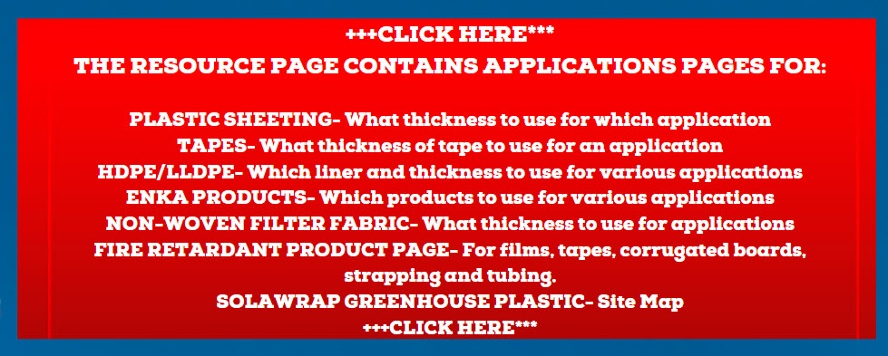Layered Polyethylene Film AKA String Reinforced Greenhouse Plastic
Did you know that polyethylene film, commonly used to cover greenhouses, has come a long way since the 1960s? Today, some polyethylene film consists of three layers, each with different polymers and additives that enhance its quality and performance. But what do these layers really mean for the plastic sheeting you use?
Thickness of Plastic Sheeting isn't Everything
When it comes to plastic sheeting, there are several factors to consider. The strength and thickness of the film, its composition, additives, chemical makeup, and the job it needs to do all play a crucial role in determining its suitability. However, it's important to remember that judging a film solely based on its mil thickness may not give you the full picture. For example, if your film will be exposed to sunlight, it will need UV protection additives to maintain its strength.
Let's dive deeper into some key aspects of plastic film:
-
Film Life: The life of polyethylene film is limited due to degradation caused by sunlight and heat. Co-polymer poly is a cost-effective option suitable for one season or shorter-term use. Greenhouse-grade poly, on the other hand, is warranted for four years or more and contains an ultraviolet stabilizer to reduce degradation. For extra strength, consider woven poly or nylon scrim-reinforced materials, especially in high-wind locations.
-
Thickness: Film thickness matters too! Three or 4 mil film is commonly used for one-year applications in narrow tunnels and overwintering houses. However, if you're looking for multi-year use, greenhouse-grade material at 6 mil thickness is the way to go.
-
Condensate Control: Condensation can be a problem in greenhouses, leading to reduced light transmission and potential plant diseases. Anti-condensate additives, also known as anti-drip agents, help prevent droplet formation and are typically effective for a couple of years. Additionally, anti-fogging additives can prevent fog formation during early mornings and late afternoons.
-
Heat Regulation: Plastic film can help control heat loss and heat gain in greenhouses. Additives that trap radiant heat inside the greenhouse at night can save energy and promote plant development. On the other hand, selective pigments in the film's outer layer can block infrared radiation and lower the temperature inside during sunny days.
-
UV Light: Bees rely on ultraviolet (UV) light to navigate, so if you have bees for pollination, choosing a film that allows some UV light to pass through is important. However, UV blocking films can be beneficial for reducing insect populations and controlling fungal diseases.
-
Controlled Diffusion: Manufacturers have introduced light diffusion properties to plastic films, allowing more diffused light to reach plants. This helps reduce scorching and improves light transmission to lower leaves. Controlled diffusion is particularly crucial for tall vegetable crops and has been found to reduce fungus spore development and insect propagation.
In conclusion, the layers between plastic laminates play a vital role in determining the overall properties and performance of plastic films. Whether it's controlled diffusion, thickness, or other features, these factors significantly impact how the plastic performs in various applications. So next time you encounter plastic sheeting, you'll have a deeper understanding of the layers and their fascinating contributions!



